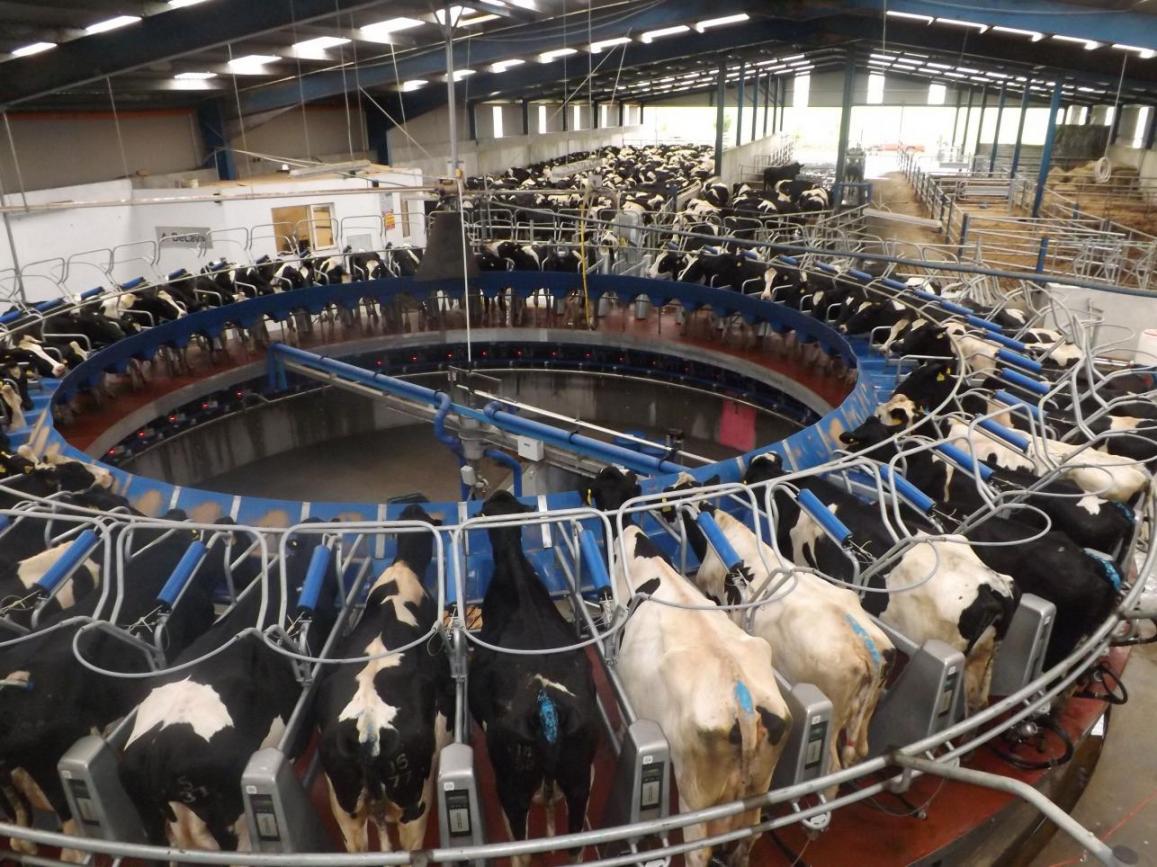Once depicted as a “Blue Banana” stretching from Manchester to Milan, Europe’s industrial heartland has moved eastwards just as its political center of gravity has shifted to Germany.
The term was coined in 1989 – the year the Berlin Wall fell – to describe French geographer Roger Brunet’s work identifying a manufacturing megacity, visible from space at night as a band of light curving from England to Italy via the Netherlands, Belgium, West Germany and Switzerland, Reuters reported.
Brunet was worried that France, a highly Centralized economy dominated by Paris, was falling off the map.
He developed the concept to urge the government to invest in infrastructure to connect the Paris-Lyon-Marseille axis to the highly urbanized European backbone of around 110 million people.
A quarter of a century later, the continent’s industrial geography has morphed. A more fitting image might be a golden soccer ball centered on southern Germany and reaching into Poland, Hungary, the Czech Republic, Slovakia, Austria and Romania.
“We have seen a huge relocation and concentration into a central European manufacturing core,” says Michael Landesmann, scientific director of the Vienna Institute for International Economic Studies.
Former-communist countries that joined the European Union in 2004 and 2007 have become the extended production line of German industry, no longer just supplying raw materials and components but assembling cars and some industrial machinery.
Europe Suffering
Manufacturing employment has declined everywhere in Europe as a share of the workforce but most sharply in Britain, France and Belgium, with the post-2008 economic crisis accelerating a trend driven by the globalization of supply chains.
The shift in the balance of trade inside the now 28-member EU in the decade since its eastward enlargement began offers a striking illustration.
The golden football region – Germany, the Netherlands, the Czech Republic, Slovakia and Romania – increased its share of intra-EU trade by a total of 5.3 percentage points between 2004 and 2013, the latest year for which final data is published. The biggest gains accrued to Germany with 2.2 percentage points.
Over the same period, the Atlantic Arc region englobing Britain, France, Ireland, Spain and Portugal lost a cumulative 4.4 percentage points in intra-EU market share, led downwards by Spain and the UK. Italy also lost 1.7 percentage points.
How much this all matters is open to debate. To some extent, industrial jobs have been replaced by the growth of business services, especially in Britain, which has just overtaken France as the EU’s second biggest economic power.
Manufacturing jobs in advanced economies have become increasingly highly skilled, while those parts of production for which high skill levels are not needed have been shifted to regions with lower labor costs.
Yet Germany has built out its economic dominance of Europe by maintaining the largest manufacturing base.


